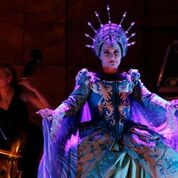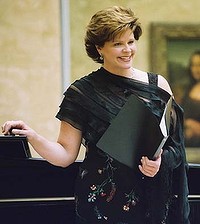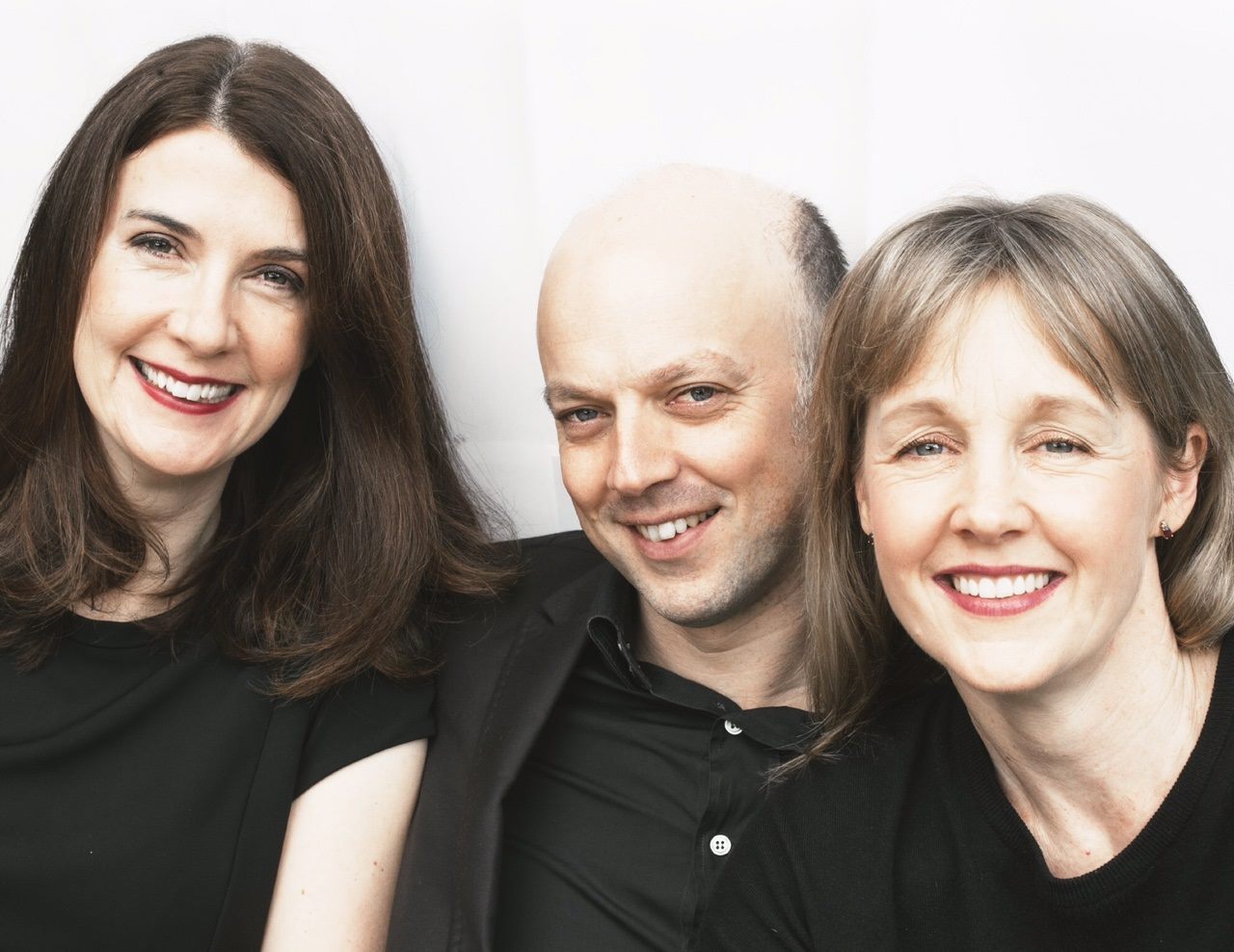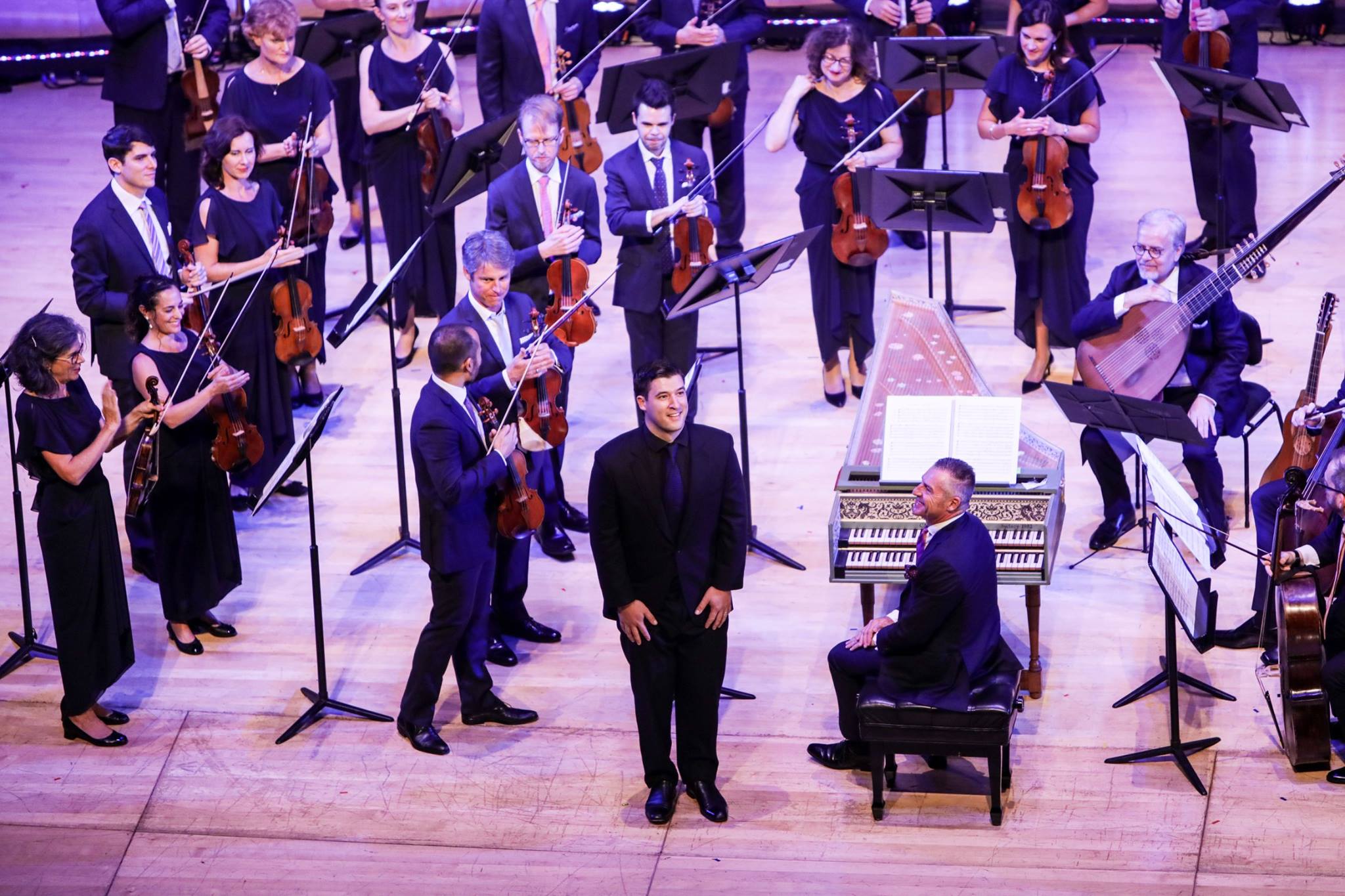Concert Review:Ottoman Baroque/Australian Brandenburg Orchestra
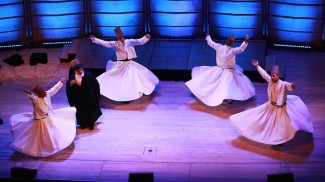
The sounds of the music and chanting ebbed away; the shadows on the stage faded. There was no applause, no cheering, no curtain calls. The audience rose and silently filed out of the City Recital Hall. This silence was no expression of displeasure; rather it was an acknowledgement that the concluding item on the Australian Brandenburg Orchestra’s Ottoman Baroque, the Whirling Dervishes, was grounded in religion, not performance.
Orientalism has fascinated the west for centuries. For the Ottoman Baroque series, Artistic Director of the ABO, Paul Dyer AO, curated a programme of music influenced by the Ottomans and perceptions of the east. He placed the audience in the shoes of a traveller during Baroque times, journeying from west to east and making both musical and spiritual discoveries along the way.
For this musical travelogue, the orchestra with its treasury of period instruments opened with three instrumental numbers by Lully, Marin Marais and Telemann. Guiding the audience through the evening was narrator Alan Maddox with his readings giving a historical context to the music.
Lully’s Marche pour la cérémonie des Turcs from the opera-ballet Le bourgeois gentilhomme (1670) opened with the soft beat of the drum which rose to a crescendo as the tambourine and ensemble joined in the majestic dotted measures of the march. Marais’ Sonnerie de Sainte Geneviève du Mont-de-Paris (1723) in Theme and Variations form for violin, viol, harpsichord and continuo and was arranged for this concert series by Alice Chance to include strings, flute and oboe. Although in a minor key it was a sprightly and captivating cameo in which the lower strings of the continuo section played an unremitting ostinato three-note ground bass above which the violin and baroque cello cavorted, playing with the melody.
Telemann’s Overture-Suite in B flat major ‘Les Nation’ TWV 55:B5 ‘Les Turcs’ closed off this trio of works before the Brandenburg Choir took the stage for Allegri’s 9 part falsobordone chant for two choirs of 4 and 5 voices, Miserere mei Deus. There were two choirs on stage with the ornamenting choir high above in the gallery, creating the perfect acoustic for the relentless high C’s that Allegri demanded. Soprano Lauren Stephenson delivered these surely and with a delicate beauty of tone. An ensemble of male voices recited the plainchant. This was an ethereal performance of distinction and refinement delivered in the half-light, as was the custom for the service of Tenebrae . The voices were finely controlled in tone and dynamics and well blended; the tempo dignified and flowing. The audience was spellbound as the choirs came together to sing the closing bars and the lights of the hall were extinguished.
A marked change of tone with the final act of the first half – the Fandago from Boccherini’s Quintet for Guitar and Strings in D major, D 448 with soloist Tommie Andersson and flamenco dancer Yioda Wilson’s high-octane castanet playing.
There was a glimpse of the Ottoman influence in Greek dance and music with the instrumental Karsilamas performed by 5 musicians on traditional instruments including the violin, drum, oud, lyra and saz, followed by two dances, Hasapiko, which originated in the Middle Ages and was made famous in Zorba the Greek, and the faster Hasaposerviko, influenced by Serbian and Balkan aesthetics.
Finally, the pièce de résistance. The audience spellbound as the stage was bathed in an incandescent blue light. Through the shadows emerged two dervishes , swathed in dark cloaks, who prepared the stage for their ceremony, bowing in respect. They were joined by two other dervishes and their Imam with four musicians in the gallery above. They paid obeisance, discarded their cloaks to reveal their white skirts glowing and slowly started to twirl their white skirts flaring around them, working their way into a hypnotic trance. Moving about the stage in ceaseless unison their heads were tilted to the right, as they pirouetted to the right on an axis formed by their left legs. Like our planet, they circled about themselves as well as in larger circle around their Imam who circled at a slower pace.
The Ottoman Empire was vast and endured for centuries. Its influence was extensive. Ottoman Baroque was but the small album of snapshots taken along the way to remember and savour experiences. The programme was creative and beautifully performed; the evening edifying and extremely enjoyable.
Shamistha de Soysa for SoundsLikeSydney©
Ottoman Baroque continues at the City Recital Hall on Wednesday 29th and Friday 31st October. Tickets are scarce.



